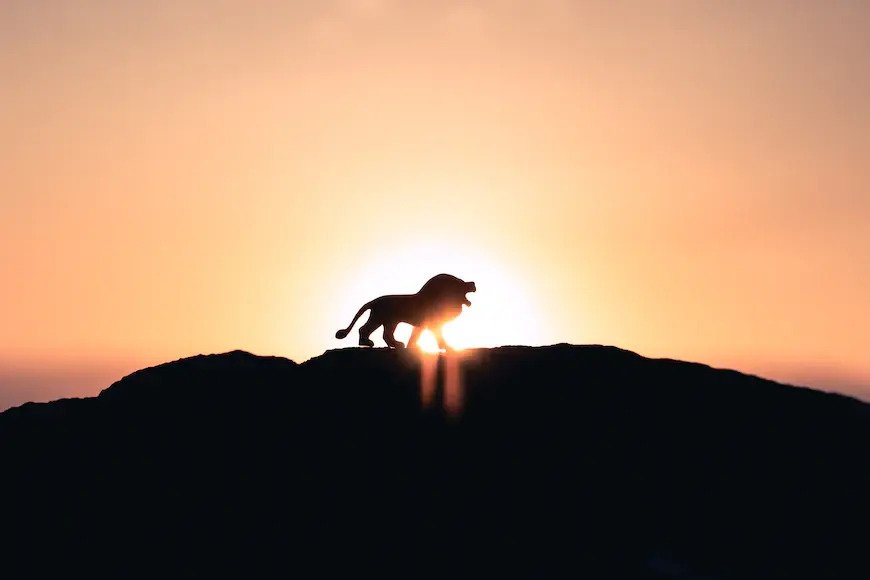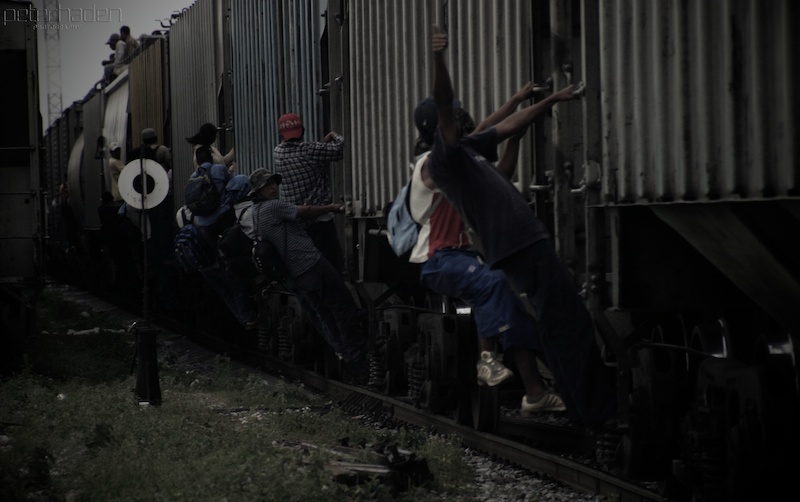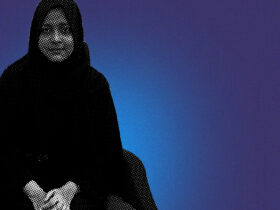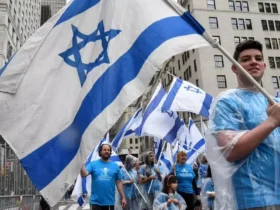English speakers hold an overwhelming and overlooked advantage when it comes to media access. In North America, over 81% of films feature English as one of their main languages, and internationally, English films dominate global box office sales. The second highest grossing language in film globally is Mandarin, but their overall sales remain less than 7% of those in English.
With little to no films produced or translated into languages beyond those with economic dominance, minority and indigenous languages have minimal presence in modern domains of entertainment and/or communication. This dynamic only further accelerates language loss and linguistic supremacy; however, a recent production of The Lion King offers hope for the future of minority languages in modern media.
Since its premiere in June 1994, The Lion King has become the highest-grossing animated film, the best-selling movie on DVD and has been translated into over 45 languages. The newest of which is te reo Māori — the indigenous language of Aotearoa/New Zealand.
Throughout the 1980s, usage of te reo was almost exclusively limited to toponyms, and it remained very contentious throughout society as highlighted by the “Kia Ora” Controversy. During this infamous interaction, telephone operator Naida Glavish greeted callers with “kia ora” instead of “hello” only to subsequently be demoted. In response, and in fear of the language’s disappearance, the Māori community mobilized and advocated for the implementation of the 1987 Māori Language Act.
This legislation and subsequent community efforts reversed the trajectory of te reo. In under 50 years since obtaining its official status, Māori has transitioned from near extinction to the big screen, making the release of The Lion King an indicator of a drastic societal shift. It symbolizes not only the astronomical progress made in terms of language equality but also the advancements achieved in creating a more equitable society for all.
Recently, te reo Māori has gained a growing presence in TV, radio and social media, but its implementation into films remains extremely limited. Driving this exclusion, is the fact that “[t]he global motion picture industry is dominated by seven companies that account for about 90 percent of box office receipts.”
With limited industry diversity, and minority language speakers being “by their very nature unrewarding audiences for the media,” there exists little to no incentive for large companies to produce films in a wide range of languages. Therefore, the translation of a world-renowned Disney film into an indigenous language spoken by less than 200,000 is both groundbreaking and may suggest that a new era of inclusivity in terms of representation and accessibility is approaching.
Working in tandem with Māori-owned Matewa Media, The Lion King remake centered indigenous voices. Disney Senior Vice President Kylie Watson-Wheeler noted: “The Lion King Reo Māori helps to broaden the accessibility, inclusiveness and diversity of The Walt Disney Company’s storytelling for a new generation.” Beyond adding to the films created in te reo, the film’s production demonstrates to people of all linguistic, ethnic, and economic backgrounds that they have a place in society.
Producing and releasing this movie in Aotearoa was not met without contempt, in part due to the fact that over 90% of the population speaks English, and the Pākehā (European) population dominates both political and professional spheres. Despite the opposition, the film premiered in June and was released in both Aotearoa and Australia. It continues to be shown in theaters, and its success was followed by the release of Frozen Reo Māori in late October of 2022.
With growing numbers of indigenous-language films released, a cultural revolution is underway, as “minority language media serve[s]as a defensive tool, balancing the impact of the language(s) that dominate the media landscape.” Across the world, translators and filmmakers have slowly begun to take on the challenge of producing films in indigenous and endangered languages.
In 2013, the 90-minute film Sooyii was filmed entirely in Blackfoot, a language with less than 50 fluent speakers. Similarly, in 2018, SGaaqaay K’uuna or Edge of the Knife, was produced in Haida, an indigenous Canadian language spoken by less than 20 fluently. Both of these films have subsequently inspired community members to invest in their own language-learning process, helping to preserve the language.
Scenes and full-length versions of Star Wars: A New Hope have also been produced into languages including Quechua and Navajo to add to the media available for youth in the respective tongues, as well as promote reconciliation for the impact of past exploitation.
The oppression of Indigenous and minority populations and their languages has long been upheld through the powerful media industry which perpetuates dangerous imperialistic dynamics. As of late, slow efforts at diversifying the content produced have begun. By responding to the inequalities faced by these communities, the media industry has started to positively contribute to the revitalization of te reo and other languages.
Moreover, as a smashing success, The Lion King in Māori shows that the inclusion of diverse minority languages in media is no longer an ideal, but a plausible reality for the near future. It is important to remember, however, that this progress is only possible with the continued support from language media corporations such as Disney, as well as the continued engagement by the public at large.







